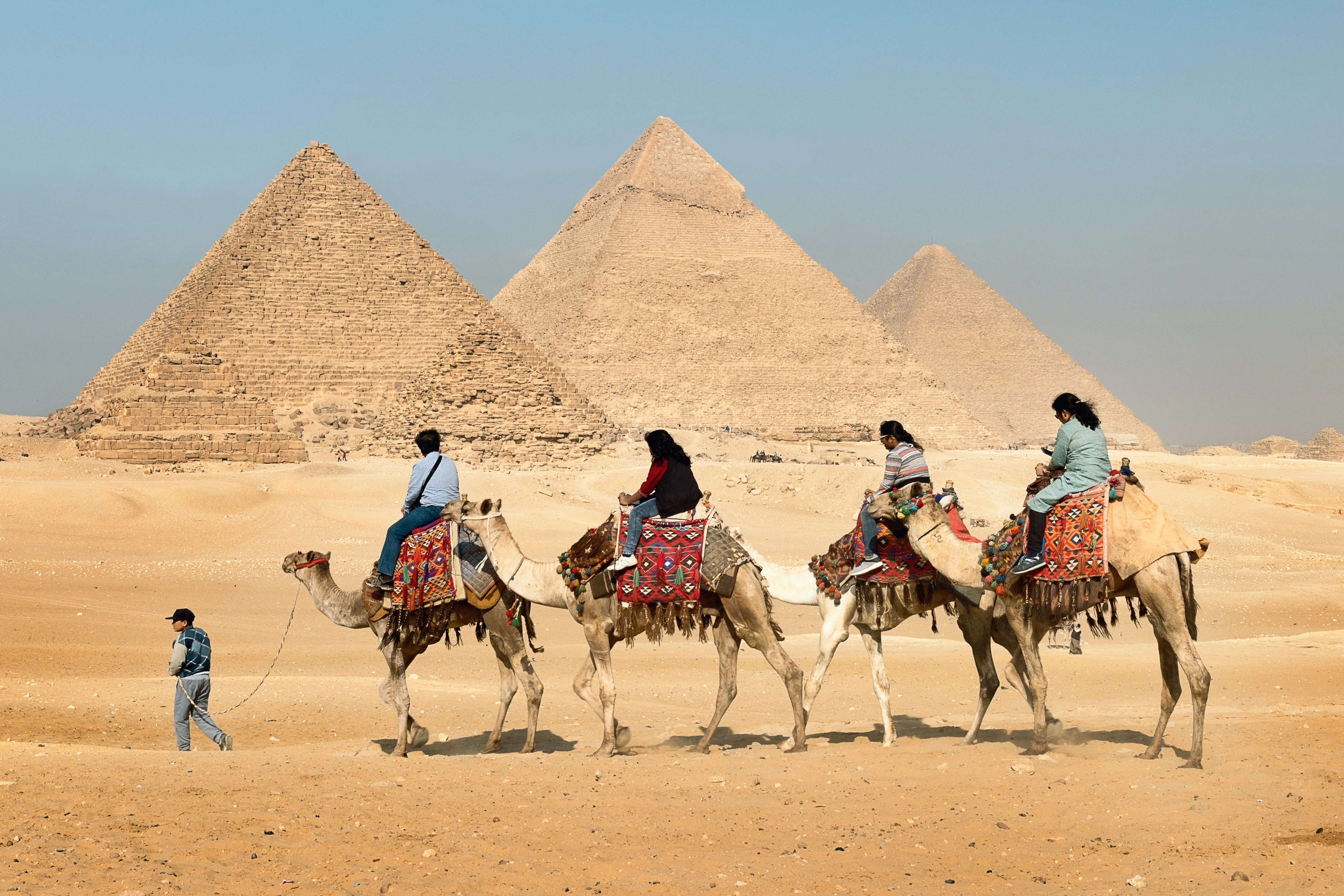Sample by My Essay Writer
The great pyramids of Giza are one of the most substantial structures of the ancient world and one of the most mysterious. It is believed that they were the burial of three Pharaohs of the fourth dynasty, Khufu, Khafa and Menkaura. The greatest of the pyramids is very huge with 2.5 million blocks of limestone totaling to over 6 million tons. It’s mostly a solid mass with a small interior space of an ascending passage, a mysterious grotto, a grand gallery and a mysterious subterranean chamber. The means of transporting some of the components of the pyramid is mysterious such as the 50 ton solid red granite from Aswan, 600 miles to the south.

Scholarly theories into the mystery
The first theory to explain the enormous size of the pyramids is explored by Brian Handwerk. He explains that the pharaohs of Egypt expected to become gods in the afterlife (Handwerk, Brian; National Geographic Society, 2015). In order to prepare for that life, they built pyramids for themselves and temples for the gods as gifts. They filled the pyramids with everything that the rulers to sustain and guide him in the afterlife. For example, the second pyramid of Khafre, the son to Khufu has a sphinx that was supposed to act as a sentinel to the pharaoh’s entire tomb complex. The pyramid is just a part of a larger complex of temples, palace and solar boat pits. As a result, these enormous complexes of huge structures contained everything the pharaohs expected to need and sustain themselves in the afterlife. [“Write my essay for me?” Get help here.]
The second theory is rather simple. It explains that the pyramids were the work of the antediluvians who built it as shelter from natural calamities either coming from the heavens or from the underground. This theory argues that the pyramids predate the great flood explained in the Bible. This civilization had witnessed some catastrophes that they believed were the work of Satan, who was corrupt and wicked. This theory is backed up by the fact that before the limestone was stripped off of its shining limestone casing stones water marks were visible at around the 240 feet mark above the ground as outlined by Al-Biruni, a Persian scholar (973-1048). It also survived a massive earthquake in the year 1303 with minimal interior damage.
Analysis
I find that the first theory is more plausible given the ambitious nature of the pharaohs and their religious superstitions. To start with, the pharaohs were very ambitious and would have wished to rule forever. However, they knew they were mortal and would have wanted to continue dominating and leading even in the afterlife. As Nardo (2013) explains, they also figured that they were demi-gods and wanted to hold special status even when they died (Nardo, 2013). As a result, they would have wanted to carry as much as possible to the afterlife to maintain their status.[Need an essay writing service? Find help here.]
Secondly, the thermal anomalies found in the eastern side of the great pyramid using cosmic rays and drones by a group of scientists and archeologists from Canada, France, Japan and Egypt has revealed the possible presence of many other unknown and sealed chambers (Hale, 2015). The presence of heat spots detected by thermal imaging technology may be a revelation that there are many other chambers deep underground. These passages and chambers may reveal the various compartments that the pharaohs had their tools to sustain them in the afterlife. [Click Essay Writer to order your essay]

References
Hale, T. (2015, November 10). Scientists Have Found Something Very Mysterious In The Great Pyramid Of Giza.
Handwerk, Brian; National Geographic Society. (2015). Giza Pyramids Hold Pharaohs’ Ancient Secrets.
Nardo, D. (2013). The pyramids of Giza. Chicago: Norwood House Press







